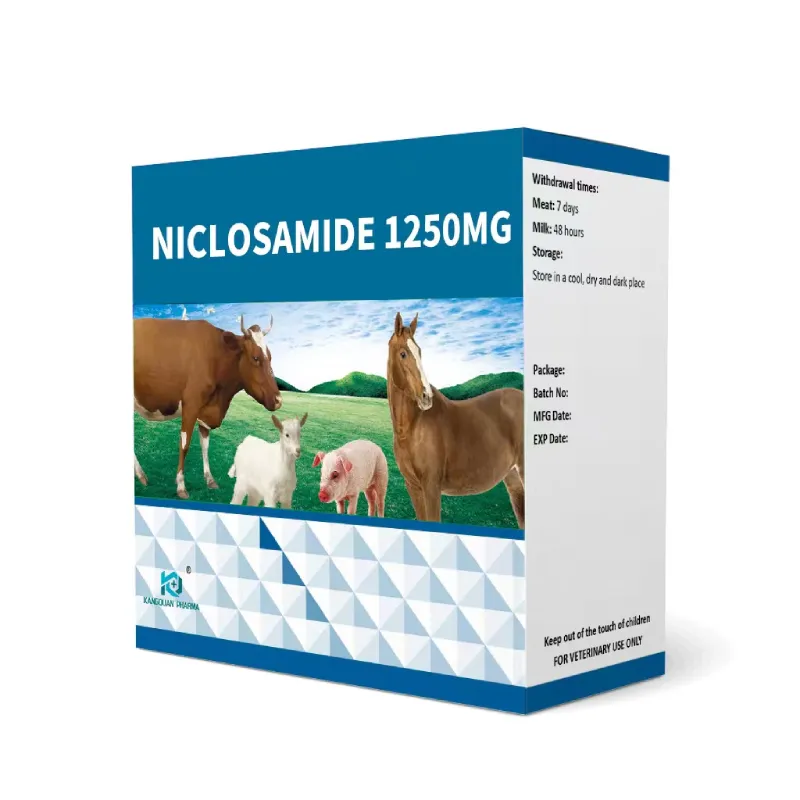- Afrikaans
- Albanian
- Amharic
- Arabic
- Armenian
- Azerbaijani
- Basque
- Belarusian
- Bengali
- Bosnian
- Bulgarian
- Catalan
- Cebuano
- Corsican
- Croatian
- Czech
- Danish
- Dutch
- English
- Esperanto
- Estonian
- Finnish
- French
- Frisian
- Galician
- Georgian
- German
- Greek
- Gujarati
- Haitian Creole
- hausa
- hawaiian
- Hebrew
- Hindi
- Miao
- Hungarian
- Icelandic
- igbo
- Indonesian
- irish
- Italian
- Japanese
- Javanese
- Kannada
- kazakh
- Khmer
- Rwandese
- Korean
- Kurdish
- Kyrgyz
- Lao
- Latin
- Latvian
- Lithuanian
- Luxembourgish
- Macedonian
- Malgashi
- Malay
- Malayalam
- Maltese
- Maori
- Marathi
- Mongolian
- Myanmar
- Nepali
- Norwegian
- Norwegian
- Occitan
- Pashto
- Persian
- Polish
- Portuguese
- Punjabi
- Romanian
- Russian
- Samoan
- Scottish Gaelic
- Serbian
- Sesotho
- Shona
- Sindhi
- Sinhala
- Slovak
- Slovenian
- Somali
- Spanish
- Sundanese
- Swahili
- Swedish
- Tagalog
- Tajik
- Tamil
- Tatar
- Telugu
- Thai
- Turkish
- Turkmen
- Ukrainian
- Urdu
- Uighur
- Uzbek
- Vietnamese
- Welsh
- Bantu
- Yiddish
- Yoruba
- Zulu
8 月 . 10, 2024 05:15 Back to list
Effective Veterinary Disinfectants for Ensuring Animal Health and Hygiene in Veterinary Practices
Common Veterinary Disinfectants Essential Tools for Animal Health
In the field of veterinary medicine, maintaining a clean environment is paramount to preventing the spread of infectious diseases among animals. Disinfectants play a crucial role in this effort, providing effective solutions for sanitizing surfaces and equipment in clinics, hospitals, and animal shelters. Understanding common veterinary disinfectants, their mechanisms of action, and their appropriate applications can help veterinarians and animal care providers safeguard the health of their patients as well as protect themselves.
Types of Veterinary Disinfectants
Veterinary disinfectants can be categorized into several types based on their active ingredients and modes of action. The most commonly used disinfectants include quaternary ammonium compounds (quats), phenols, chlorine compounds, hydrogen peroxide, and iodine-based solutions.
1. Quaternary Ammonium Compounds (Quats) Quats are cationic surfactants that effectively kill a broad spectrum of bacteria, viruses, and fungi. They are often used for cleaning and disinfecting surfaces in veterinary clinics due to their antimicrobial properties and ease of use. Quats are generally less corrosive than other disinfectants, making them suitable for various surfaces.
2. Phenols These are potent disinfectants that are effective against bacteria, fungi, and some viruses. Phenolic compounds are often used in environments with high levels of organic matter, as they maintain their efficacy despite the presence of dirt. However, phenols can be toxic to certain animals and should be used with caution around cats and reptiles.
3. Chlorine Compounds Sodium hypochlorite (bleach) is one of the most effective and widely used chlorine disinfectants. It has broad-spectrum antimicrobial activity and is particularly useful for disinfecting environments contaminated with viruses like parvovirus or bordetella. However, the strong odor and corrosiveness of chlorine compounds necessitate proper dilution and ventilation during use.
common veterinary disinfectants

4. Hydrogen Peroxide This oxidizing agent effectively kills bacteria, viruses, and fungi. Hydrogen peroxide breaks down into water and oxygen, making it environmentally friendly. It is suitable for disinfecting surfaces and can be used for both cleaning and sterilization. However, higher concentrations may be needed for effective viral disinfection.
5. Iodine-based Solutions Iodophors, which are iodine-based disinfectants, are frequently utilized in surgical settings and for skin antisepsis. They are effective against a wide range of bacteria, viruses, and fungi, but they may stain surfaces and skin.
Application and Safety Considerations
When using disinfectants, it's essential to follow the manufacturer's instructions regarding dilution, contact time, and application methods to ensure optimum efficacy. The effectiveness of disinfectants can be compromised by organic matter such as feces, vomit, and soil, making it crucial to clean surfaces before disinfection.
Additionally, safety precautions should be prioritized. Protective equipment such as gloves, masks, and goggles should be worn to minimize exposure to chemicals. Ventilation is also important when using strong disinfectants to prevent respiratory irritation.
Conclusion
In conclusion, veterinary disinfectants are essential tools for maintaining a safe and healthy environment for animals. By understanding the various types of disinfectants available and practicing safe application techniques, veterinary professionals can significantly reduce the risk of infectious diseases. Regular training and proper protocols in the use of disinfectants will not only enhance animal welfare but also contribute to overall public health by preventing zoonotic diseases. As the veterinary field continues to evolve, staying informed about effective disinfection practices will remain a critical component of veterinary care.
-
The Power of Radix Isatidis Extract for Your Health and Wellness
NewsOct.29,2024
-
Neomycin Sulfate Soluble Powder: A Versatile Solution for Pet Health
NewsOct.29,2024
-
Lincomycin Hydrochloride Soluble Powder – The Essential Solution
NewsOct.29,2024
-
Garamycin Gentamicin Sulfate for Effective Infection Control
NewsOct.29,2024
-
Doxycycline Hyclate Soluble Powder: Your Antibiotic Needs
NewsOct.29,2024
-
Tilmicosin Premix: The Ultimate Solution for Poultry Health
NewsOct.29,2024













